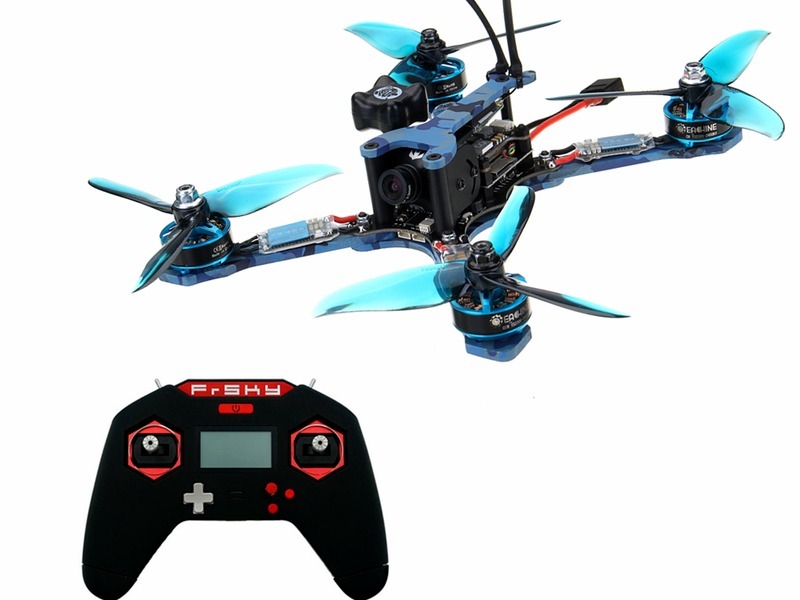Do pilots see other planes?

Yes, pilots do see other planes in the air. It is a common sight for pilots to see other planes in the sky. In fact, pilots rely on visual cues from other planes to help them navigate the airspace.
When a pilot is flying, they will constantly be looking for other aircraft in the vicinity. This is so that the pilot can avoid any potential mid-air collisions. The pilot will be looking for other aircraft in the form of specks in the sky, as well as more obvious objects such as a commercial airliner.
When a pilot sees another aircraft they will usually call out the identification of the aircraft, such as its make and model, and its approximate altitude and direction. This allows the pilot to judge the relative position of the aircraft and assess any potential collision risks.
Pilots also use other aircraft to help them navigate. They can use the aircraft's position in relation to the ground as a reference point to help them orient themselves in the air space. This can be especially useful when flying in unfamiliar areas.
Pilots also use other aircraft as a navigational aid when flying in bad weather. When visibility is low, they can often spot other aircraft in the clouds and use them as a reference point to help them stay on track.
Finally, pilots will often use other aircraft to help them identify landmarks. If a pilot sees a distinctive-looking aircraft flying in the same direction as them, they can use it as a point of reference to help them identify a landmark. This can be especially useful in a remote area where there may be limited landmarks.
In summary, pilots do see other aircraft in the sky. They use these aircraft as a navigational aid, as well as a reference point to help them identify landmarks and avoid potential mid-air collisions. As such, the presence of other aircraft in the sky is a vital part of a pilot’s job.

